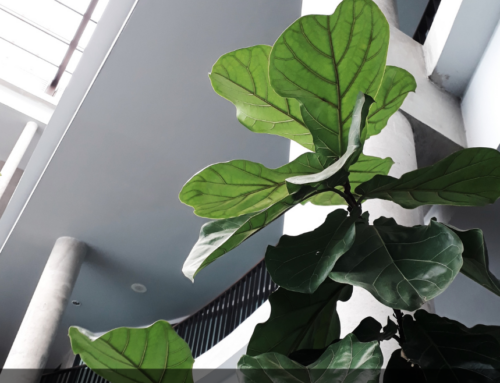Wits-Plants and Relaxation Study

The current study implemented an experimental design to investigate whether in-door plants would have affective and cognitive restorative effects on students following a vigilance task. Specifically, the current study investigated the effects of in-door plants, guided relaxation, and a control condition on affect, psychological stress, and cognitive functioning. Drawing from Attention Restoration Theory, it is argued that individuals who deplete their cognitive resources during demanding interactions have the tendency to experience increased stress and mental fatigue which can have detrimental implications on their physical and psychological well-being. The theory further suggests that following exposure to nature these cognitive resources can be replenished and have beneficial effects on individual mood, stress, and cognitive ability. Reducing stress and promoting cognitive functioning is a critical area across many domains and to date only a few studies have been conducted that empirically investigate the restorative effects of in-door plants in isolation following a mentally fatiguing task. This study was one of the first South African studies that attempted to induce mental fatigue and empirically investigate the restorative effects of in-door plants on affect, psychological stress, and working memory; as well as compare these effects to an established method of restoration and a control condition. This experimental study used a sample of 60 students from the university of Witwatersrand who were randomly assigned to one of three conditions: (1) presence of in-door plants (two large foliage plants and one medium non- flowering bonsai tree); (2) no plants passive break (control); (3) a six-minute guided relaxation activity. All participants experienced the same procedure apart from their respective treatment interventions; namely: participants completed a baseline affective and cognitive assessment made up of: Positive Affect And Negative Affect Schedule (PANAS), Dundee Stress State Questionnaire (DSSQ), and backward Digit-span task. After which participants engaged in the Temple et al (2000) vigilance task and directly after completed the affective and cognitive assessments for a second time. Following this, participants were asked to engage in a break for six-minutes where they were exposed to their relevant treatment conditions, followed by a final affective and cognitive assessment. The results obtained from an inferential analysis of standardized change Z-scores indicated that participants who were exposed to in-door plants experienced significant improvement in distress and working memory span following the vigilance task. The guided relaxation treatment had a significant beneficial effect on distress and engagement within the relevant participants. Finally, no significant improvements were found with respect to participants in the control condition. Notably, the results of this study suggest evidence that being in the presence of two in-door plants had led to a significant decrease in distress that was statistically similar to participants in the guided relaxation condition. The conclusions drawn within the current study suggest that exposure to in-door plants can lead to improved working memory and reduced distress, however as the current study was conducted in a laboratory setting the generalizability of these findings is restricted. As individuals face many activities in life that are mentally fatiguing and stressful, this research suggests that breaks in areas with in-door plants may lead to significant beneficial impacts, with respect to distress and working memory.





